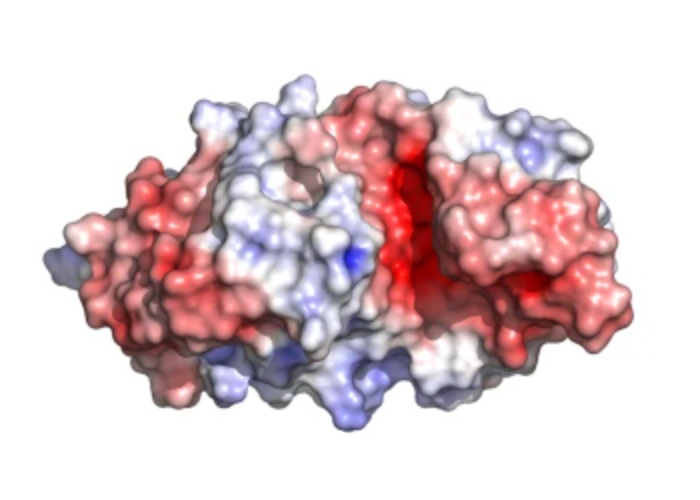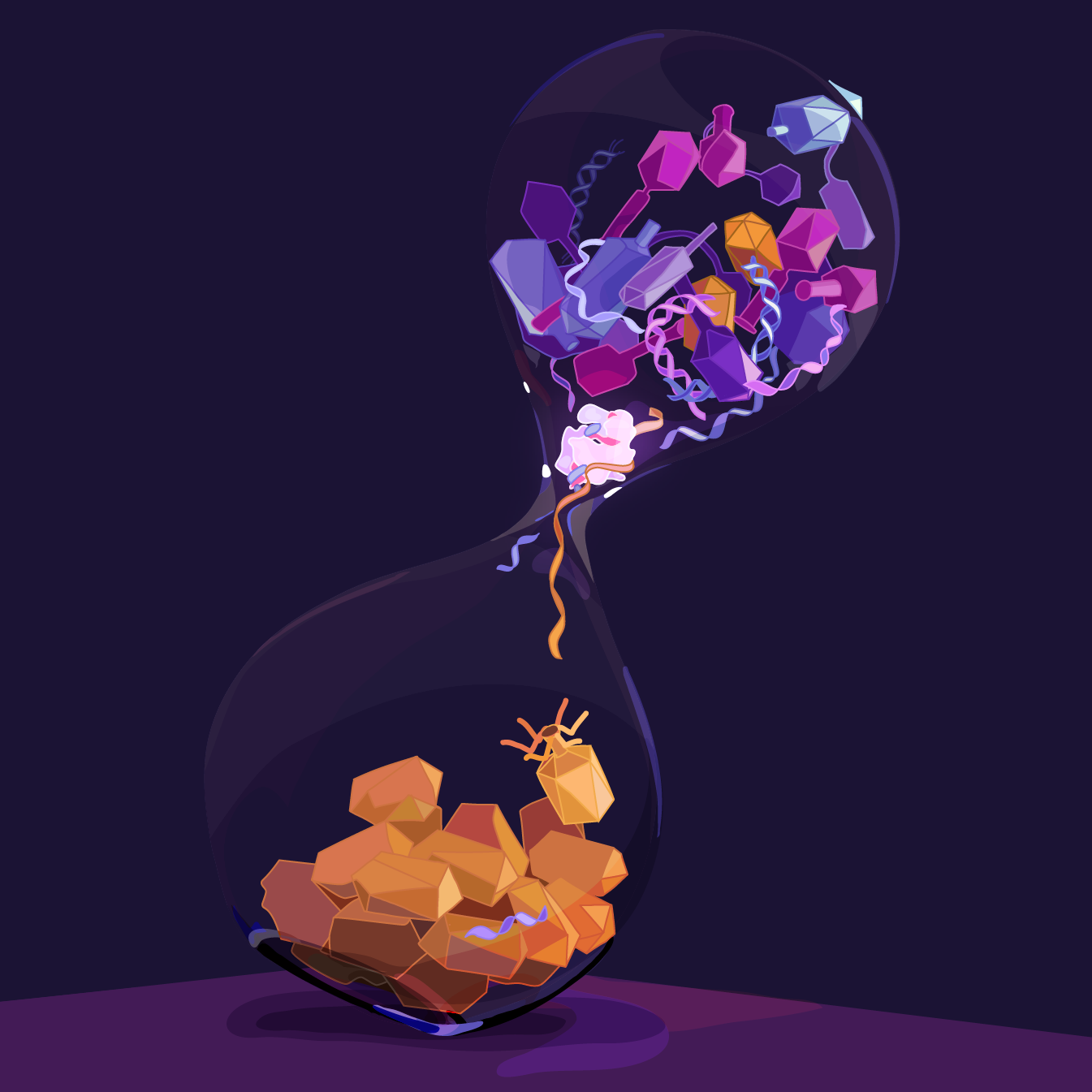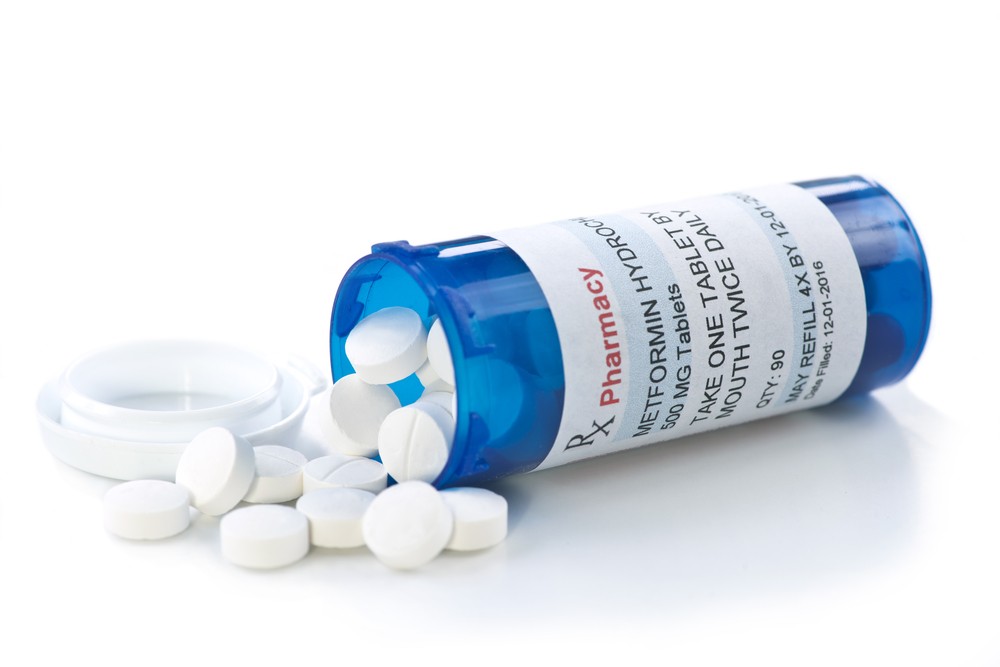Biosciences Area FY23 LDRD Projects

The projects of 22 Biosciences Area scientists and engineers received funding through the FY23 Laboratory Directed Research and Development (LDRD) program.
More »
The projects of 22 Biosciences Area scientists and engineers received funding through the FY23 Laboratory Directed Research and Development (LDRD) program.
More »
Through a collaborative effort, researchers have identified a protein in soil viruses that may promote soil health. The work was enabled in part by a community data portal of the U.S. Department of Energy (DOE) Joint Genome Institute (JGI), a DOE Office of Science User Facility located at Lawrence Berkeley National Laboratory (Berkeley Lab). Using 5,000 images of crystalized samples cloned and synthesized by the JGI, scientists have begun the complex process of uncovering the hidden secrets of soil viruses.
More »
A team led by CRISPR pioneer Jennifer Doudna and her longtime collaborator Jill Banfield has developed a clever tool to edit the genomes of bacteria-infecting viruses called bacteriophages using a rare form of CRISPR. The ability to easily engineer custom-designed phages—which has long eluded the research community—could help researchers control microbiomes without antibiotics or harsh chemicals, and treat dangerous drug-resistant infections. A paper describing the work was recently published in Nature Microbiology.
More »
An international team led by Justin Reese, a research scientist in the Environmental Genomics and Systems Biology (EGSB) Division, analyzed electronic health record data aggregated in the National COVID Cohort Collaborative (N3C) Data Enclave to assess whether metformin is associated with reduced COVID-19 severity in people with prediabetes or polycystic ovary syndrome (PCOS), two common conditions that increase the risk of severe COVID-19 presentation.
More »
In Cell Genomics, an international consortium led by researchers at the Joint Genome Institute team generated 824 new Actinobacteria genomes, which were were combined with nearly 5,000 publicly available ones and 1,100 metagenome-assembled genomes (MAGs) reconstructed from sequenced environmental samples in a previous study.
More »Was this page useful?

